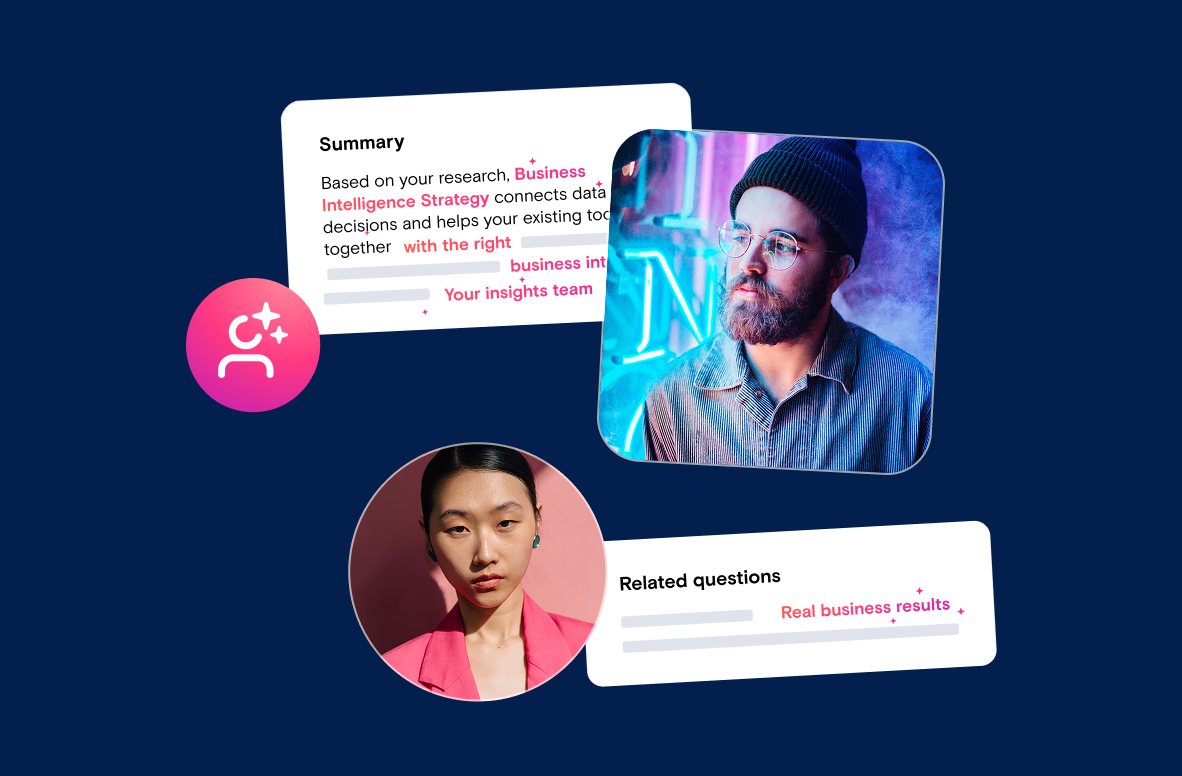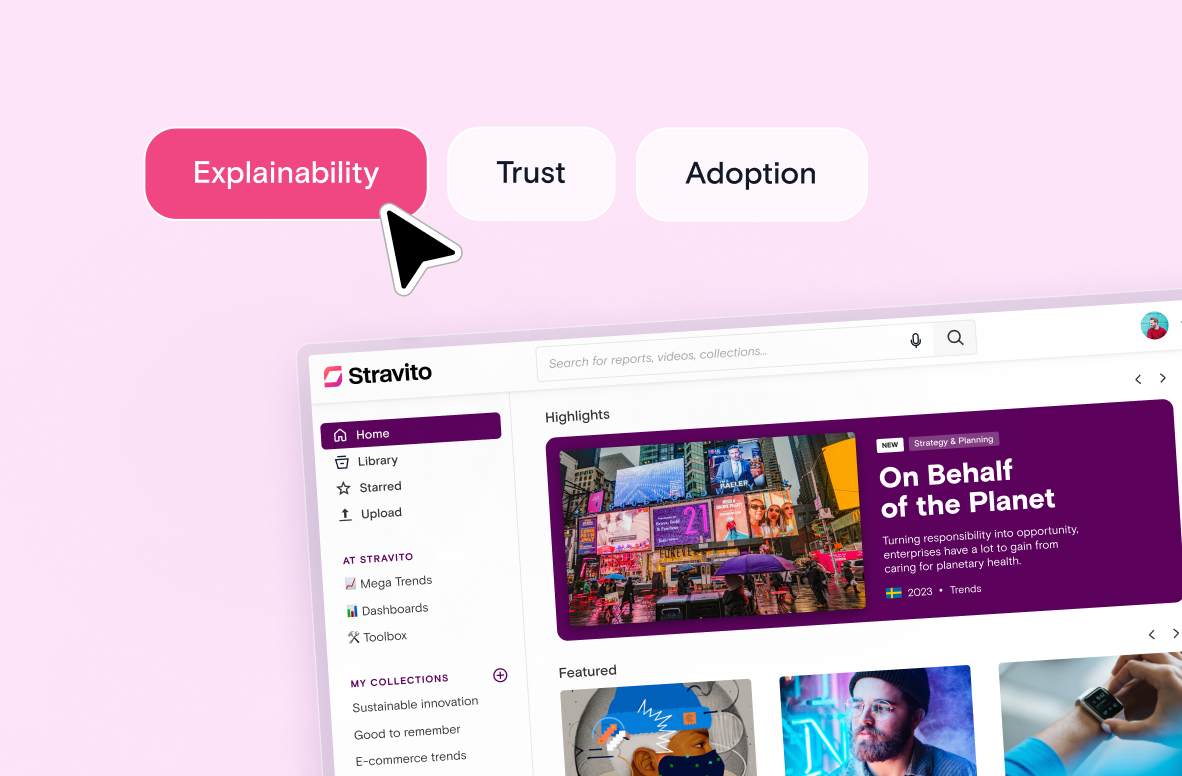Why democratize insights? And how can you do it quickly and under budget while serving thousands of stakeholders?
These are two questions that Scarlet Wynns, Executive Director of Research Operations at Comcast, dug into in our co-presentation at TMRE. In this article, we'll cover some key takeaways from the presentation on how large organizations can democratize insights, even with a tight timeline and limited resources.
Consider centralizing your insights team
While centralizing to democratize might seem counterintuitive at first, the two actually go hand-in-hand.
As an organization matures, a decentralized insights function becomes more challenging to maintain. Research might fall between different departments, and stakeholders might be uncertain about who to reach out to when they need insights expertise. Both of these challenges can sabotage efforts to ensure that insights are regularly incorporated into business decisions.
Access is at the core of insights democratization, and this means ensuring that stakeholders know where to turn when they have a question, and even more importantly, that they feel empowered to do so.
By operating as a centralized entity, insights teams can make it easier for stakeholders to reach the right person quickly, which is crucial when the goal is to conduct agile research that tackles urgent business questions. It also allows insights managers to work more efficiently by capitalizing on the collective intelligence of the group.
Choose the right insights repository
To maximize the efficiency of your insights team, you need the right technology that collects all the research, and that is accessible for the stakeholders and decision makers within the organization. Some of the primary areas to consider are: the format and the users of the platform, and the budget and timeline for your project.
Starting with the format, the first step is to define what a research repository means to you, and what form of knowledge sharing you’re opting for: market research, reports, data, dashboards, or news feeds.
The next question is who the end users are: is this tool only for the Insights team or will you be sharing your insights with the C-suite, or with a wider audience? If you aim for the latter, you might spend some time discussing security setups such as access permissions, user licenses, and SSOs, to decide what the best solution is for your users, and how to create the best experience for them.
You also need clarity on the desired time frame, and the means at your disposal during this time frame. In Scarlet’s case, this time horizon was 12 months with a set budget for that time frame.
Agility and enterprise-wide implementation aren’t mutually exclusive
Even with a tight timeline, numerous stakeholders, and limited resources, large organizations can still achieve agility at scale; Scarlet and her team are proof of that.
In just 6 months time, they not only launched the new platform, internally known as “The Insights Spot”, but did so scale enterprise-wide with easy access using SSO. They onboarded over a thousand users, from all across the organization. They also introduced their own newsletter, which helped reinforce the brand and promote insights internally.
With wide access to a user-friendly platform and regular newsletters, they managed to make their research accessible to stakeholders across the organization. In other words - to democratize their insights, and achieve agility at scale.
In this blog
Author





